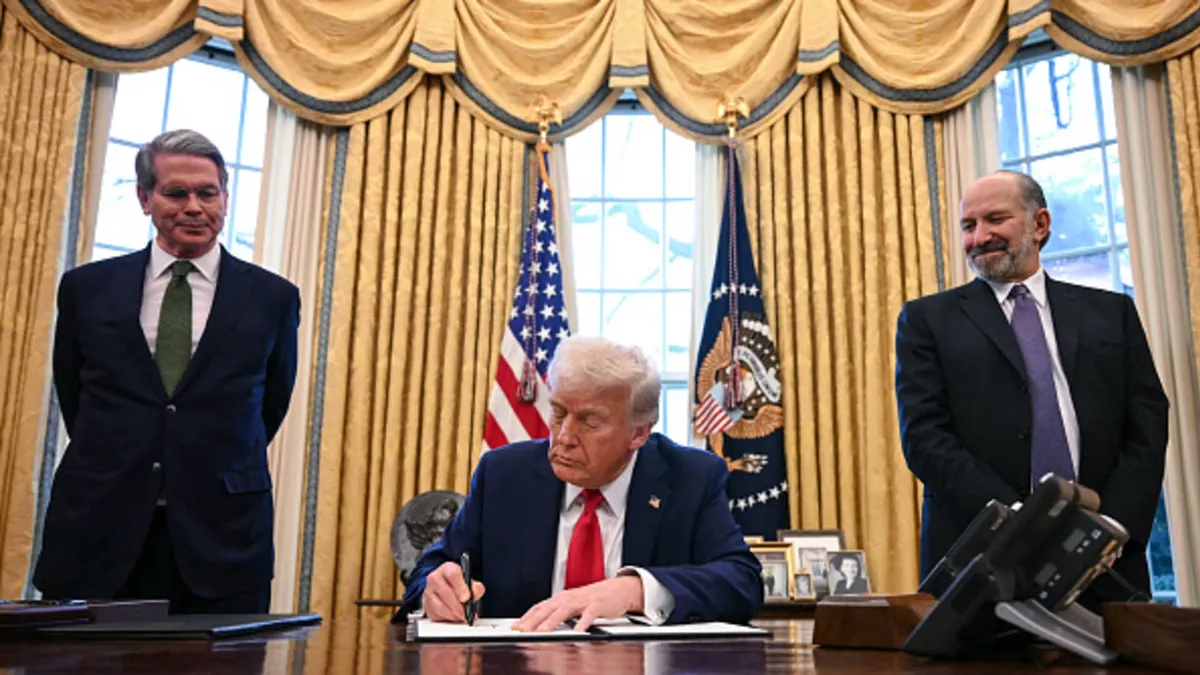
According to a report by The Washington Post, White House aides have drafted a new proposal that would impose tariffs of approximately 20% on most imports. This information was sourced from three individuals familiar with the discussions surrounding the proposal. However, it's important to note that White House advisors have cautioned that multiple options are still under consideration, indicating that the implementation of these 20% tariffs is not guaranteed.
In addition to the proposed blanket tariffs, another plan being evaluated is a country-by-country reciprocal approach. This strategy would involve adjusting tariffs based on the trade practices of specific nations. The timing of this report is significant, as it comes just a day before President Donald Trump is expected to announce his broader agenda for global trade on April 2. This announcement is highly anticipated on Wall Street, where stock markets have been experiencing volatility driven by uncertainty in global trade policy.
Unlike the targeted tariffs previously announced by the Trump administration, this new proposal aims to be more comprehensive and permanent. The primary objective, as stated by Trump and his advisors, is to create a more equitable trade environment between the U.S. and its trading partners while also generating additional revenue for the federal government. Nevertheless, some economists are warning that these new tariffs could result in slower economic growth and increased inflation in the short term.
There is also the looming possibility of retaliatory tariffs from other countries in response to the proposed measures from the White House. The ongoing trade tensions have already begun to erode confidence among investors, consumers, and business leaders. For instance, the S&P 500 index experienced a decline of 4.6% in the first quarter of the year, while the Nasdaq Composite saw a more significant drop of 10.4%. Surveys conducted among consumers and business leaders have indicated a growing sense of uncertainty since the beginning of 2025.
As the situation unfolds, the implications of the proposed 20% tariffs and the broader trade agenda will continue to be closely monitored by market analysts and economic experts alike. While the White House remains tight-lipped, the potential impact on the economy and global trade relations cannot be understated. Stakeholders will be keeping a keen eye on President Trump's announcement and subsequent developments in this ever-evolving trade landscape.